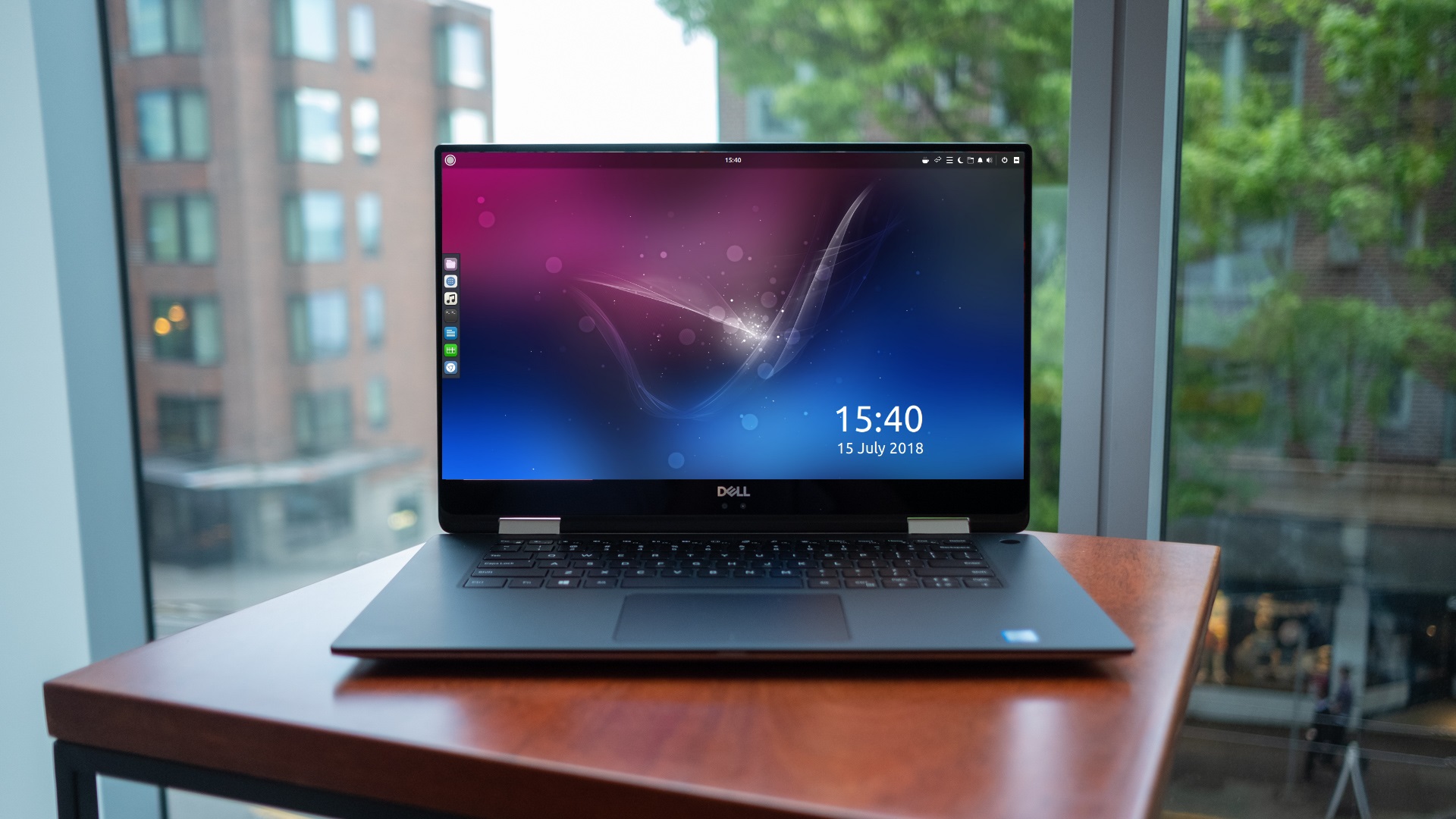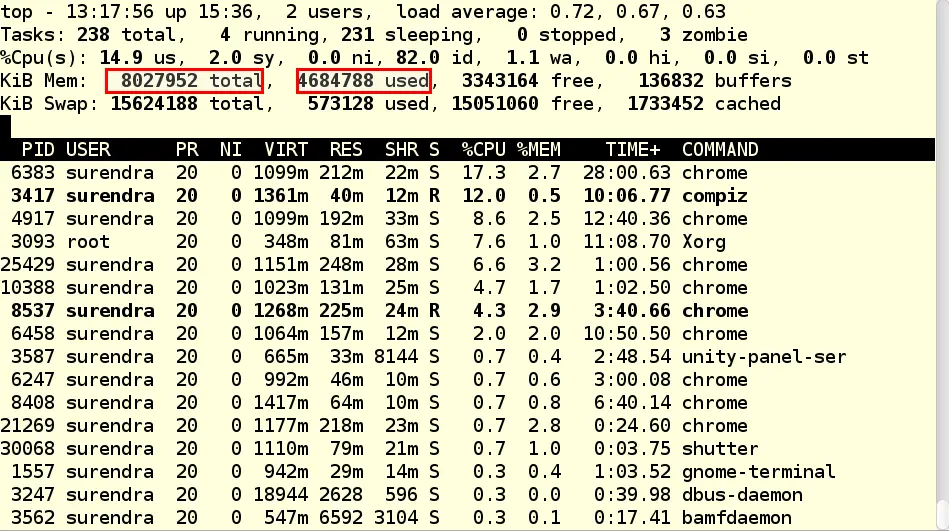Linux Command Check Memory Slots
The first command is free. This is the simplest command to check your physical memory. This command is mainly used for checking RAM and SWAP on the system. Using different switch you can change the byte-format of output. Linux line commands enable you to gather all possible details about your computer's memory. You can even determine whether you can add extra memory to the computer without opening up the box. To list each memory stick and its capacity, issue the dmidecode command: dmidecode -t memory grep -i size. Linux command-line memory hardware. On my laptop, command line probes say I have 4 slots (2 used, 2 empty), yet upon unscrewing I actually have 2 slots (perhaps I.
- Linux Command Check Memory Slots Windows 10
- Linux Command Check Memory Slots Vegas World
- Linux Command Check Memory Slots Slot
Here’s a useful way of finding out how many memory slots are occupied on the motherboard of a machine without removing the cover, as well as how much installed physical memory is supported.
We can use the dmidecode command to reveal your systems DMI table, which contains details of the systems hardware.
There are a whole load of DMI types we can look at – a full table of those at the end of this article.
In this particular case, we are interested in memory – type 16 ‘Physical Memory Array’ will show us how much memory is supported and DMI type 17 will reveal details of currently installed memory.
So, first off:-
dmidecode -t 16
Maximum Capacity shows us the maximum amount of memory can be installed in the machine. Number of devices tells us how many slots there are on the motherboard – in this case, 8.

Now we can interrogotate DMI type 17 – ‘Memory Device’ to show us details of installed memory
dmidecode -t 17

Each module installed will be listed with the the information given above. If we just want to know how many modules are installed and what size they are, we only really need the Size: – so we use grep

dmidecode -t 17 grep Size
From this we can see that 8x 2048MB modules are installed – so all the slots on the motherboard are populated.
There is plenty of other useful information that can be retrieved using dmidecode, including
-t1 System
-t2 Base Board
-t3 Chassis
-t4 CPU
Linux Command Check Memory Slots Windows 10
-t9 PCI slots
Linux Command Check Memory Slots Vegas World
Full SMIBIOS Specification
Linux Command Check Memory Slots Slot
1 System
2 Base Board
3 Chassis
4 Processor
5 Memory Controller
6 Memory Module
7 Cache
8 Port Connector
9 System Slots
10 On Board Devices
11 OEM Strings
12 System Configuration Options
13 BIOS Language
14 Group Associations
15 System Event Log
16 Physical Memory Array
17 Memory Device
18 32-bit Memory Error
19 Memory Array Mapped Address
20 Memory Device Mapped Address
21 Built-in Pointing Device
22 Portable Battery
23 System Reset
24 Hardware Security
25 System Power Controls
26 Voltage Probe
27 Cooling Device
28 Temperature Probe
29 Electrical Current Probe
30 Out-of-band Remote Access
31 Boot Integrity Services
32 System Boot
33 64-bit Memory Error
34 Management Device
35 Management Device Component
36 Management Device Threshold Data
37 Memory Channel
38 IPMI Device
39 Power Supply
40 Additional Information
41 Onboard Device